You have Honey Bees!... Now what?
You have Honey Bees!... Now what?
- Where should you put your hive?
- Sunlight is good for bees. Find a spot that has early morning and most of the day sun. BUT, West Texas summers can be harsh. Afternoon shade in the heat of summer can help the hive maintain cooler temps in 100F+ days
- If your hives are close to your house, face the entrance away from human activity, out of the bee’s flight path
- Set off the ground with a hive stand (cinder blocks, metal stand, wooden frame,…)
- Angle hive slightly forward so that any rainwater will drain out the front and not be trapped in the hive.
- Allow for 3 ft between hives
- Clean water is essential for hives, especially during the summer. Make sure a water source is close by (livestock trough, dripping faucet, ect…) Bees will find your dogs water bowl if no other close source is available.
- Start taking notes after you work your bees. You will quickly profit on the lessons learned.
- What has the weather been like?
- What plants are blooming?
- How is their disposition?
- Egg Laying pattern?
- Any diseases, pests?
- Hive inspections/Honey production
- During the spring/early summer, plan on working your bees every 2 weeks
- Check overall health, food stores, activity
- Is there room for the queen to lay eggs
- Remove any cross comb.
- Become more comfortable with handling of frames, bees, equipment
- During the Honey flow, try not to disturb the brood nest, can impact the amount of honey produced
- Tools you need
- Good quality smoker (with heat shield)
- Fuel (wood shavings, pinecones/needles, cotton, ect…)
- Bucket with Lid to store smoker & fuel
- Bee Toolbox (I use a deep bee box with a nailed on bottom)
- At least (2) hive tools
- Gloves & Suit/Jacket
- Long knife
- Bee brush
- 1/8” hardware cloth, Staple gun, tin snips
- Needle nose pliers
- Entrance reducer
- Queen clip
- Newspaper (for uniting hives)
- Duct Tape
- Escape board
- In-hive feeder or boardman feeder
- Langstroth Equipment
- Bottom board (Screened or solid)
- Hive bodies (Deeps and/or Mediums)
- Queen excluder
- Vented inner cover
- Top cover (Telescoping or Migratory)
- Top Bar Equipment
- All contained, your good!
- Extractors
- 2 Frame hand crank extractors work well for a few hives.
- Consider foundationless frames or scraping foundation for the crush/strain extraction method
- 400 micron filters or strainer bags
- Perforated bucket set
